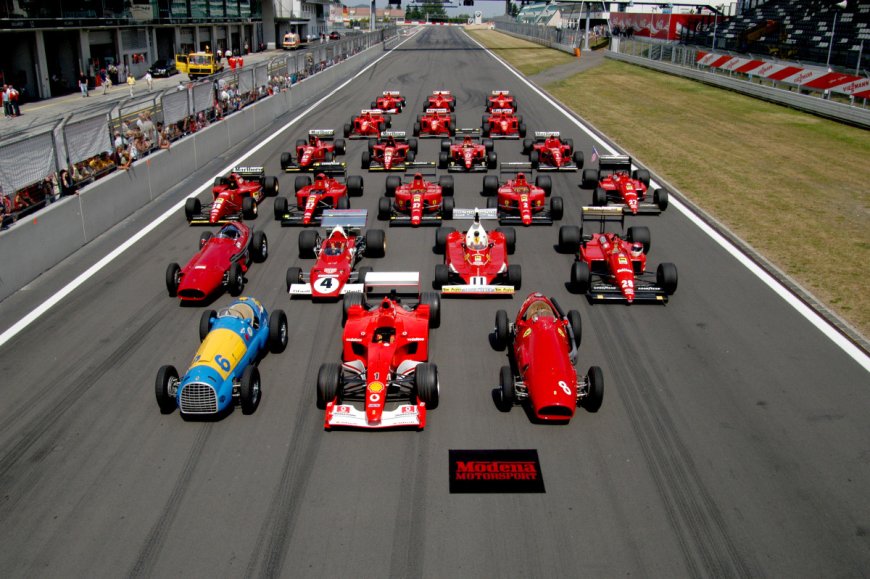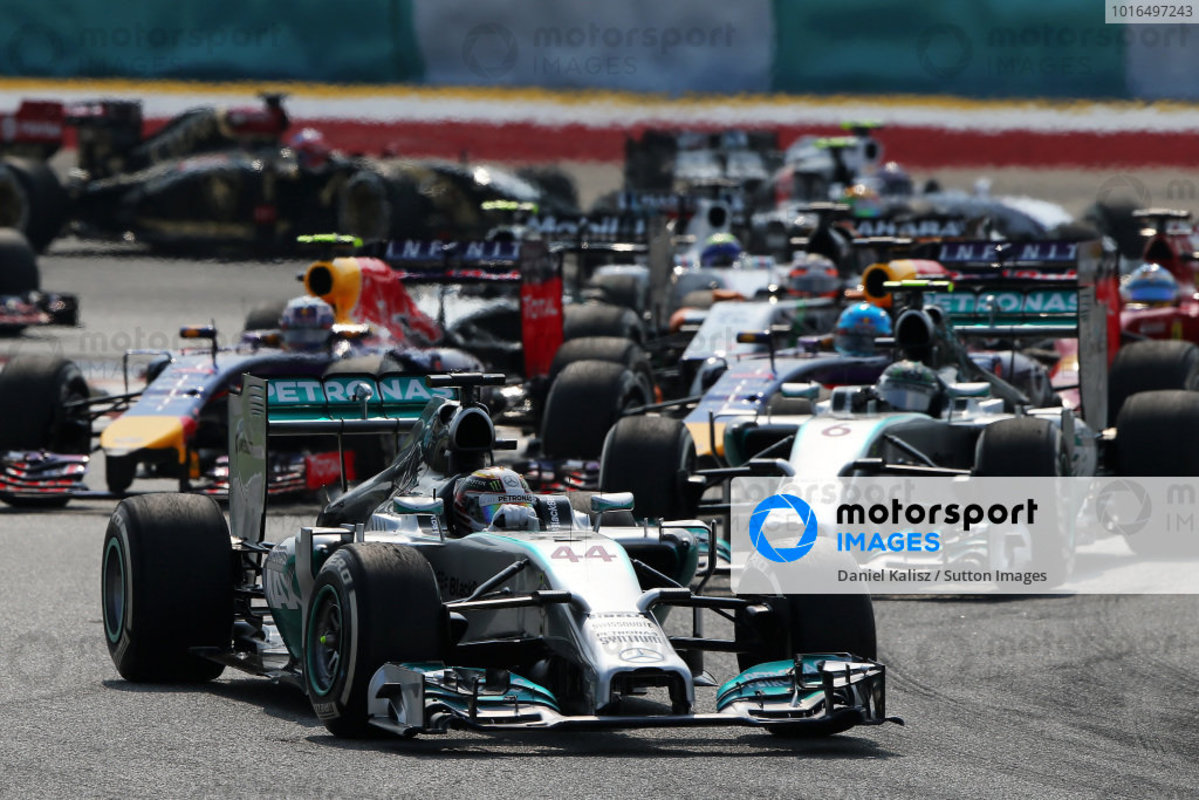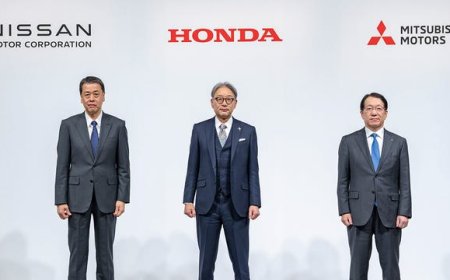Formula 1 cars have undergone a stunning evolution since the year 2000
Between vastly altered rulesets and technological advances, today's F1 cars would almost be unrecognizable 20 years ago

It takes little more than a glance to realize that Formula 1 cars have changed drastically since the race was defined in 1946 by the Commission Sportive Internationale (CSI) of the FIA.
Early open-wheel racers offered minimal protection for those participating in the sport save for comparatively thin helmets and lots of prayers. In contrast, modern F1 cars are technological marvels, equipped with advanced sensors and computers to closely monitor performance while prioritizing driver safety. Let’s explore some of the most significant F1 innovations over the years that have shaped the cars we admire today.
Related: Does your garage contain a turkey? Motorsport Images
The 2000s brought V10 engines and the revival of electronic aids
The early 2000s were a whirlwind for Formula 1. V10 engines became the most popular choice, offering a good balance between power and fuel efficiency.
Electronic driver aids, including fully automatic gearboxes, launch control, and traction control, were also reintroduced in 2001. Believe it or not, the FIA had banned these aids in 1994 due to complaints that technology was determining the winners, not the drivers' skills. Rainer Schlegelmilch/Motorsport Images
The mid-2000s introduced the V8s, more rules, and cost-savings
In 2006, the 2.4 L V8 engine became the standard configuration for F1 teams. The year after, traction control was banned after a short six-year run as standardized ECUs were mandated from 2008 onwards. The first RPM limit was also instated in 2007, which kept engines from revving above 19,000 RPM.
Those rules were further amplified in 2009, lowering the max RPM to 18,000 and regulating adjustable front wings and disproportionate wing sizes. The Kinetic Energy Recovery System (KERS), was also officially introduced in 2009. KERS stores energy created by braking in a flywheel and sends it to the car's drivetrain to increase acceleration.
Due to the 2009 recession, teams banded together to create cost-saving measures to reduce the cost of participating in F1. Ultimately these resulted in reduced testing times and increased the required engine and gearbox mileage.
Related: Top 5 fastest compact cars to lap Nürburgring Daniel Kalisz/Sutton Images/Motorsport Images
By the mid-2010s, engines were smaller, faster, and turbocharged
2014 saw the revival of turbochargers, which had been banned since 1988. The new standard engine was a 1.6 L turbocharged 6-cylinder with a rev limit of 15,000 rpm and a maximum fuel flow of 100 kg/hr. The minimum weight of the cars was also raised from 642 kg (1,415 lb) to 690 kg (1,521 lb).
KERS also gave way to ERS, or Energy Recovery System, which gave drivers an extra 160 hp as opposed to the 80 hp provided by the previous KERS. These "hybrid" engines along with new aerodynamic regulations in 2017 gave rise to 1000+ hp cars, finally overtaking the record-setting 2004 models.
Nowadays, it's all about the airflow
Starting in 2022, aerodynamics was the key focus. The FIA introduced a new car designed to use the ground effect to create less drag and less "dirty air" for the car behind. A new front wing also decreased the aerodynamic complexity while wider rear wings were mounted higher for better airflow. Altogether, these changes allowed for closer racing and encouraged more exciting overtakes.
The same 1.6 L turbocharged 6-cylinder engines received new sensors to allow for better monitoring and fuel was changed to E10 in an effort to improve sustainability.
Final thoughts
The growth of F1 through the decades is a fascinating topic. What started as a pursuit of speed through any method evolved into the bleeding edge of automotive technology. It is thrilling to watch, whether in person or on the big screen, and truly showcases what the synergy between human skill and machine power.
Related: What it’s really like to experience an F1 race in Las Vegas for the first time











































